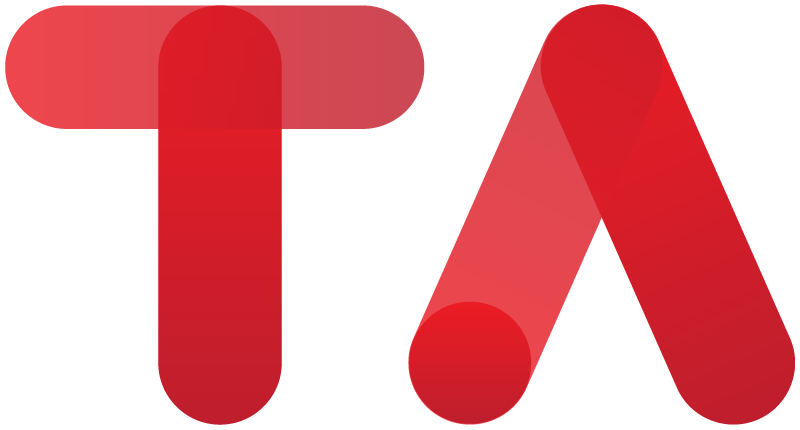
4 Factors that could be Impacting your Cash Conversion Cycle
For any business that depends on inventory management, it’s important to have a good grasp on what us accountants like to call – your ‘cash conversion cycle’ (CCC). So, what exactly is it?
Your CCC can simply be understood as: the length of time it takes for your company to convert its inventory into cashflow from sales. Your CCC is calculated by:
CCC = Days Inventory Outstanding + Days Sales Outstanding – Days Payable Outstanding
It allows you to measure:
-
How much time your business needs to sell its inventory
-
The number of days it takes your business to collect its accounts receivables
-
How long it takes your business to pay its bills or accounts payables to your suppliers
The CCC will vary across industries, company size, and business model – but in saying that, every business owner has the same overall goal: to reduce and maintain a low CCC value, as this is a key contributor in improving your cashflow. The shorter your cycle means cash is moving faster through your business and you’re on the right track for growth! (Keep on reading to find out how you can reduce your Cash Conversion Cycle!)
What on earth is a ‘Cash Conversion Cycle’?
Your CCC is a key contributor in tracking the success of your business. Your CCC helps you to better understand how and why your cashflow is impacting your business – and as we all know, your cashflow is the lifeline of your business (so why wouldn’t you want some insight on this!).
Your CCC is also important for:
-
Improving supplier relations: your suppliers use this to decide whether or not to supply you with goods on credit
-
Obtaining business finance: banks, lenders, and investors use this to determine your business’s financial status and whether to advance credit or invest in your business
-
Knowing how much finance to seek: can be a good indicator on how much money your business might need to borrow
-
Evaluating business performance: shows whether or not your business is performing efficiently
-
Cashflow indicator: key indicator of your businesses cash flow and liquidity position
Why is it important?
Businesses with well-rounded cashflow management tend to have a shorter CCC. So, if you’re noticing that your CCC value is high (or you’re struggling to manage your money across all your avenues), then this could be a telling sign that you might have poor cashflow management and that you might be in need of some expert guidance and support (eh-erm, we can help you with that! 👍🏼)
When we talk about ‘managing’ your cashflow, we’re talking about tracking your cash inflow and outflow, and the time it takes for them to happen. Some ways you can improve your cashflow management are:
-
Giving our team a call (we can help you put measures in place!)
-
Negotiate quick payment terms with your customers
-
Maintain a cashflow forecast
-
Cut unnecessary spending
Impact 1: Poor Cashflow Management
The time it takes your clients to pay their invoices can have a significant impact on your CCC as you will have less cash on hand to cover outflows. As a business owner you’ll want to collect your accounts receivables faster. You can do this by:
-
Requesting that your clients make upfront payments/deposits
-
Reduce your invoicing terms to 30 days or less
-
Following up to ensure payments are made on time
-
Offer discounts on early payments
Impact 2: Accounts Receivable
The slower your business is shifting inventory means the slower your cash inflow, resulting in an increase in the value of your CCC. Here are some ways to easily improve your inventory management:
-
Order supplies as they’re needed instead of overstocking
-
Free up cash by cutting losses on slower moving inventory (maybe offer a discount)
-
Consider how you can shift more inventory or how you can shift inventory faster
Impact 3: Poor Inventory Process
By maximizing the length of time for your accounts payable, will give yourself extra time to receive payments from your customers and allow you to hold on to cash for longer, overall, shortening your CCC.
While every business wants to improve the value of their CCC, you can:
-
Negotiate your outstanding payment periods (make sure to keep good relationships with your suppliers!)
-
Set up automated payments to pay as close to the deadline as possible (plus avoid late fees or interest!)
-
Implement budgets
Impact 4: Accounts Payable
Now you’re clued up on what your Cash Conversion Cycle is, why it’s important and some ways to reduce it, you can begin to take the next steps in reducing your cycles value.
BUT, if you’re still scratching your head wondering what to do next, that’s okay!
Our team are here to help. Head over to our Contacts tab to get in touch.

